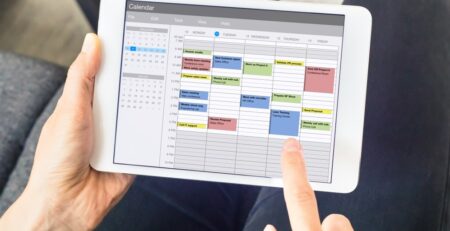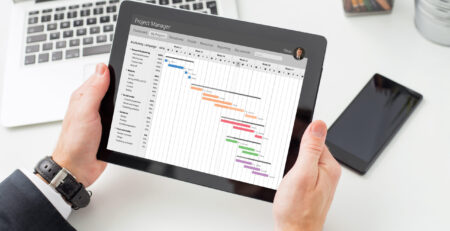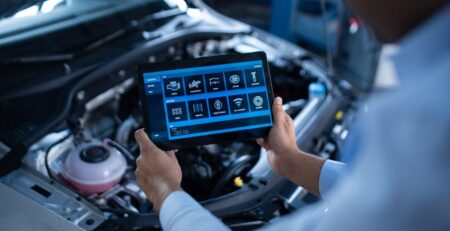4 Ways Automotive Scheduling Software Improves Productivity
If you’re in the automotive industry, you’re likely already familiar with service route sheets. Traditionally, they come in the form of hand-written pads or tracking books, which is a time-consuming and archaic way of doing things.
Nonetheless, automotive route sheets – whether traditional or modern – keep service jobs organized, efficient, and aid in productivity. Route sheets are designed to make tracking more manageable and provide a simple bird’s eye view of the service department’s daily and weekly job assignments.
Ultimately, having any form of automotive route sheet system for your business positively impacts your entire dealership. However, in today’s digital world, a service department not already using automotive scheduling software is missing out on all potential benefits, including better efficiency, fewer errors, enhanced workflow, and maximized profits. Here are just a few examples of how automotive scheduling software can help your auto business.
1. Effective Cross-Communication With Other Departments
By far, one of the most significant benefits of an automotive route sheet is that they are accessible to other departments. If the parts department needs to view the repair order details, the team member can easily access the information at their workstation without having to request it from the service desk.
Additionally, if you’re combining a Production Efficiency Platform with your existing automotive scheduling software, direct communication between departments is possible. A cloud-based system also means that your data is backed up and secure.
2. Data Automation Saves Time
When using a traditional pen and paper route sheet, any carryovers must be manually rewritten into the next day’s route sheet. An automotive scheduling software performs this automatically, saving your service department time and reducing errors.
Furthermore, customer data is stored in the software, allowing you to easily access their information. You can quickly schedule repeat services or read through any notes or special requests under the client’s account. In the automotive industry, where the actual product we sell is time, automation allows team members to minimize time-consuming data entry and get back to the task at hand.
3. Allows For Quick and Easy Service Reminders
With the ability to access the customer’s repair order and service history, the service desk can easily send service reminders as needed, which encourages repeat business and promotes customer loyalty.
With a Production Efficiency Platform, service departments can send text messages to simplify communication and avoid tying up phone lines. Customers can have direct access to their service advisor and the repair process, allowing for quicker response times when communicating:
- Vehicle repairs
- Additional service requests
- Service updates
- Follow-up messaging
- Vehicle delivery times
- Additional instruction, and more.
4. Reduces Downtime and Maximizes Service Hours
An automotive scheduling software combined with a Production Efficiency Platform that provides real-time reporting allows managers to identify where production process bottlenecks are happening. With a full overview of the workflow, service techs can use hours more efficiently, reduce miscommunication between all departments, and keep vehicles in the service bay rotating.
Naturally, improvements in workflow, productivity, and communication contribute to a healthy bottom line for the dealership and, most importantly, keep customers happy!











